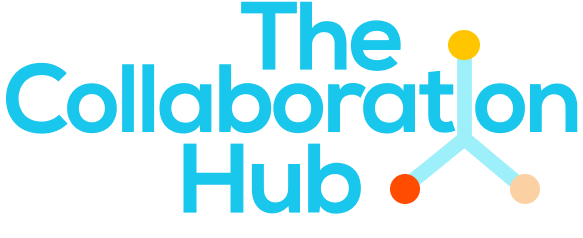 Partnership Foundations
Partnership Foundations
Setting shared goals and objectives
Define goal and objectives
Defining a shared goal is one of the most important foundational activities of a partnership. It aligns partners on the project’s focus and boundaries, serving as the basis from which future activity will follow.- It should be clear how the goal and objectives contribute to wider gender norms change. At the objectives level, consider how to catalyse change on at least one social level- individual, interpersonal, community, and societal. This can leverage media as a powerful tool to challenge harmful gender stereotypes and amplify positive gender norms through content creation and dissemination.
- Partners may have different goals. When this occurs it’s important to maintain transparency from the start, helping identify how varying goals can align for the collaboration.
- Align with National Policies and Legislation. Examine the national laws related to the gender norms you aim to address. Ensuring your actions are in harmony with these policies provides a solid basis for collaboration with governmental bodies or for holding them accountable to their commitments.
- Co-creation is recommended. By actively involving partner team members in shared decision-making, there will be more buy-in and commitment to mutually valued outcomes.
- Include young people in co-creating the shared goal and defining objectives. They can contribute through focus groups, workshops, advisory panels, surveys and polls. This process ensures their perspectives and experiences shape the project’s direction.
- Integrate with the Monitoring, Evaluation and Learning Framework, to ensure objectives are measurable and regularly evaluated.
- Consider funders; aligning objectives with funders’ needs and involve them in the process to keep them informed.
The output should be approved by all partners in a shared document, serving as a reference throughout the collaboration. It also provides a mutual understanding of key terms and concepts for gender norms change. This can be part of an MOU and Terms of Reference.
